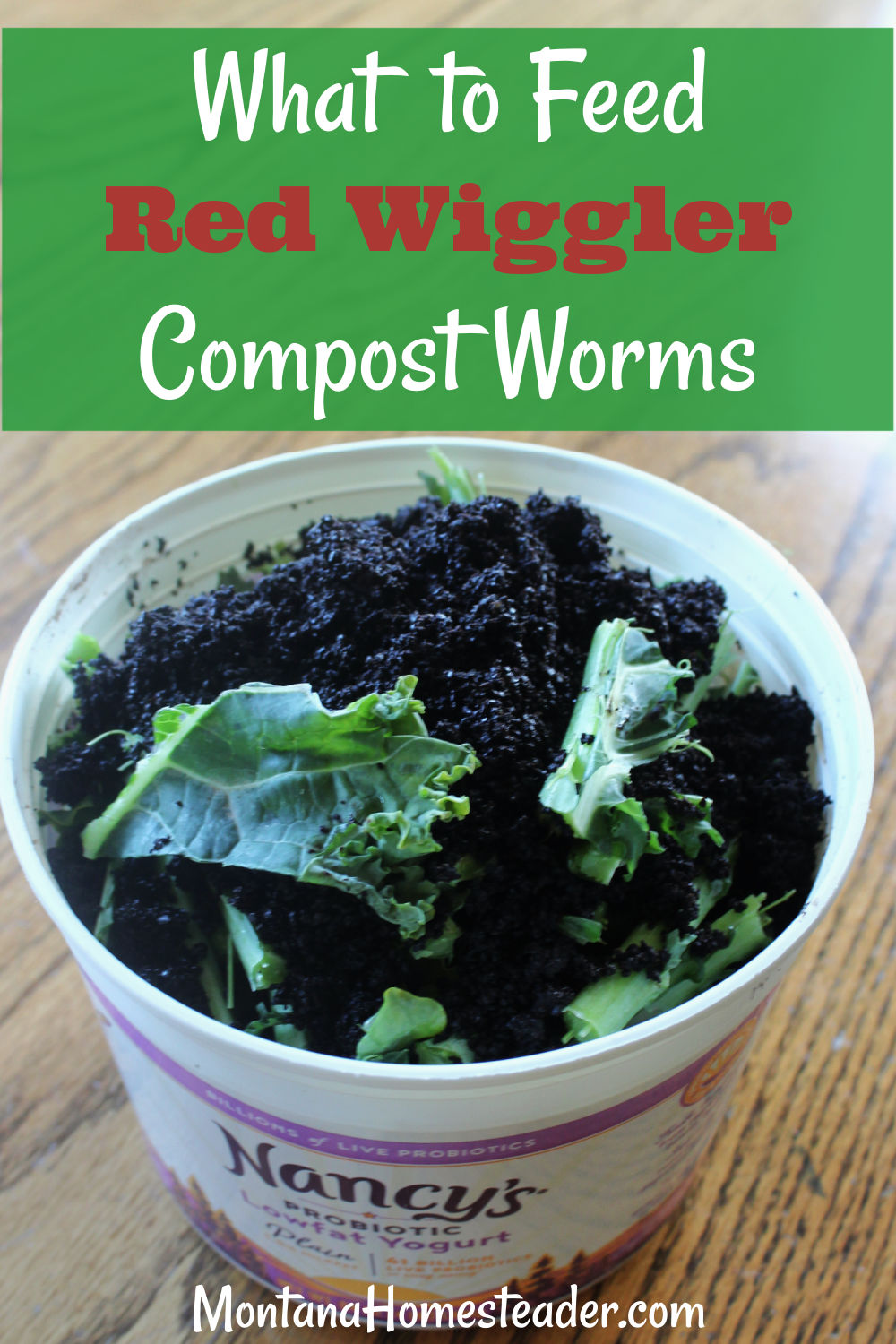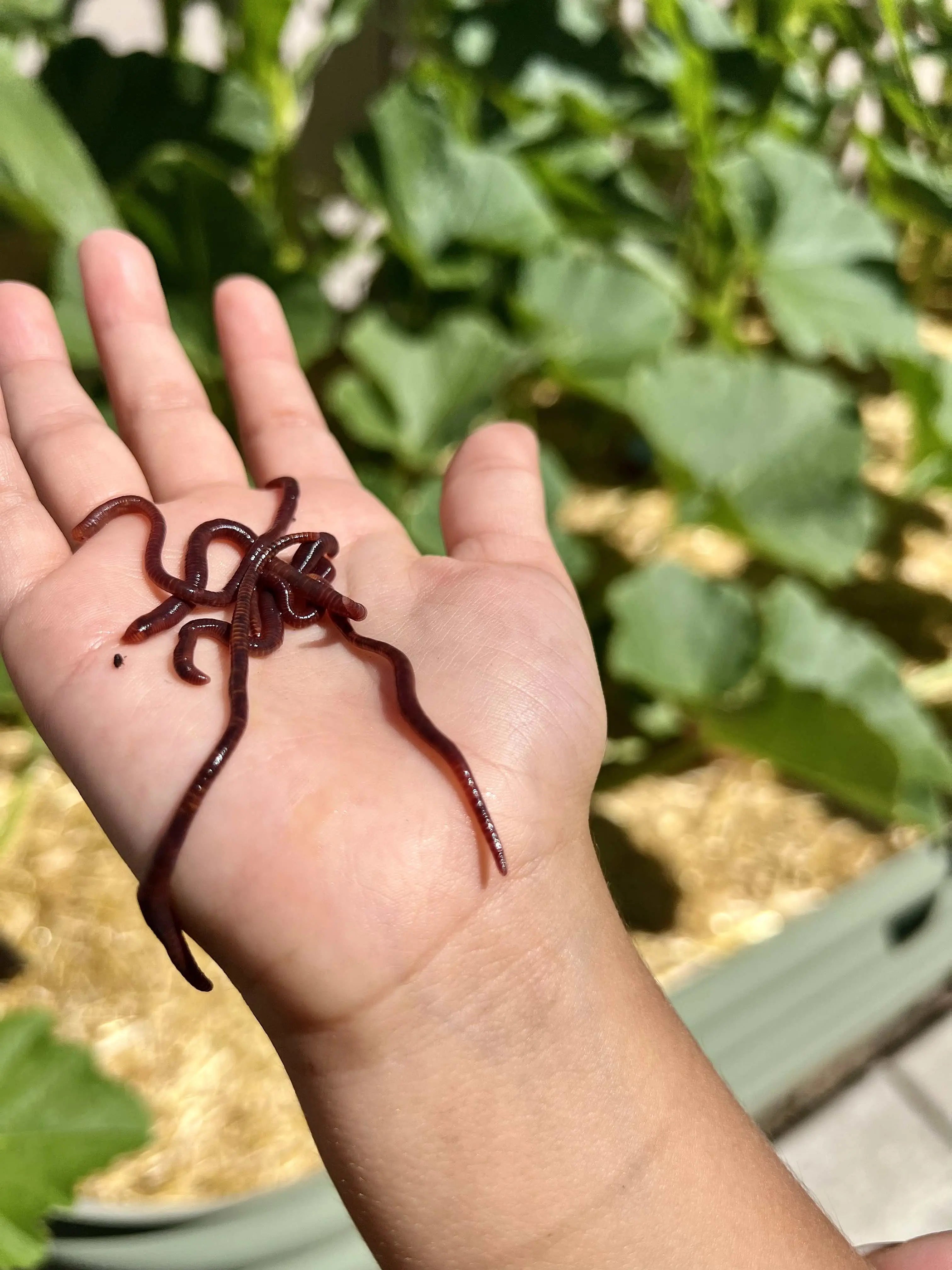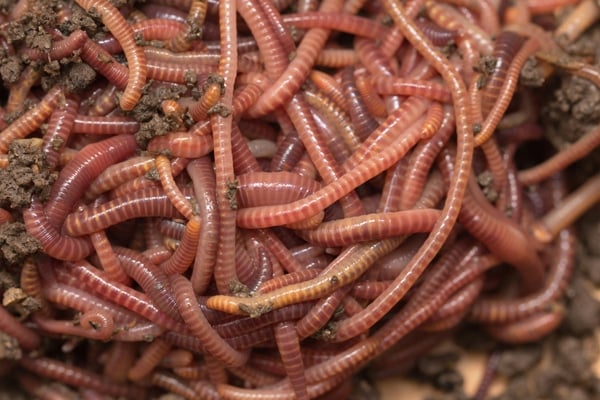The Secret to Lush Lawns Starts with Red Wiggler Express Lawn Care Services
The Secret to Lush Lawns Starts with Red Wiggler Express Lawn Care Services
Blog Article
Red Wigglers: The Unsung Heroes of Organic Waste Recycling
Red wigglers, or Eisenia fetida, serve as critical agents in the organic waste recycling process, transforming disposed of materials into beneficial vermicompost. As the world progressively looks for options to fight waste accumulation and improve agricultural efficiency, recognizing the duty of these worms comes to be necessary.
What Are Red Wigglers?
The exceptional durability of red wigglers, medically referred to as Eisenia fetida, highlights their crucial role in organic waste recycling. These tiny, reddish-brown earthworms are commonly located in breaking down raw material, such as compost heap and manure loads. Lake Hickory Bait. Unlike other earthworm varieties, red wigglers grow in nutrient-rich settings and are extremely reliable at damaging down organic materials, making them important for vermicomposting

(Lake Hickory Bait)In addition to their duty in waste decrease, red wigglers contribute to dirt health by boosting dirt framework and aeration via their burrowing tasks (Lake Hickory Bait). Their presence in composting systems not only boosts disintegration rates but also promotes a lasting approach to lose monitoring, highlighting their value in ecological conservation efforts
Advantages of Composting With Worms
Composting with worms, particularly red wigglers, provides many benefits that enhance both waste monitoring and dirt wellness. Initially, these worms efficiently damage down organic waste, converting it right into nutrient-rich vermicompost that enriches dirt. This procedure speeds up decay, enabling a quicker recycling of kitchen area scraps and other organic products contrasted to traditional composting methods.
Furthermore, the vermicompost created by red wigglers is bristling with advantageous microbes, which help boost soil structure, aeration, and dampness retention. This enhances the overall health and wellness of plants, advertising energetic development and increased yields in yards and agricultural settings. Furthermore, using worms in composting decreases the manufacturing of greenhouse gases, such as methane, adding to a more sustainable waste management system.

Just How to Begin Vermicomposting
Establishing a vermicomposting system is a straightforward process that can generate considerable advantages for both waste monitoring and dirt enrichment. To start, pick an appropriate container, such as a plastic bin or wood box, with appropriate air flow holes to make certain appropriate air movement. The measurements must ideally be about 2 feet by 3 feet, permitting ample room for the worms to thrive.
Following, prepare bed linens product, which can contain shredded paper, cardboard, or coconut coir. This bedding needs to be dampened to develop an ideal habitat for the worms. As soon as the bedding remains in area, introduce red wigglers (Eisenia fetida) into the bin, commonly around one pound of worms for each square foot of surface.
Following the positioning of worms, add organic waste, such as fruit and vegetable scraps, coffee grounds, and crushed eggshells. With these actions, you will effectively start a vermicomposting system that adds to sustainable waste administration and improves your soil.
Preserving a Healthy Worm Bin
(Lake Hickory Bait)Keeping a worm bin prospering calls for routine interest and like guarantee the health of the red wigglers and the efficiency of the composting procedure. Appropriate maintenance starts with checking the moisture levels; the bin must perspire but not waterlogged. A great general rule is to keep a consistency similar to a wrung-out sponge.
Gently blending the bed linens and food scraps every couple of weeks prevents compaction and makes sure that all worms have accessibility to oxygen. In addition, it is crucial to feed the worms properly.
If the container comes to be as well hot or cool, the worms may end up being stressed out. By carefully taking care of these factors, one can keep a robust and productive worm bin.
Effect on Lasting Living
The effective maintenance of a our website worm container not only profits the wellness of red wigglers however also adds dramatically to lasting living practices. By recycling natural waste, such as kitchen area scraps and yard particles, red wigglers assist draw away considerable amounts of product from garbage dumps. This decrease in waste not only lowers greenhouse gas discharges however additionally reduces the ecological concern associated with waste management.
In addition, the castings generated by red wigglers act as a nutrient-rich natural plant food, boosting dirt wellness and promoting plant development. This natural choice to chemical fertilizers supports sustainable farming and gardening methods, lowering reliance on synthetic inputs that can damage environments. Furthermore, worm composting promotes awareness of waste monitoring, motivating people and areas to adopt even more sustainable practices.

Final Thought
In summary, red wigglers serve as important factors to natural waste reusing through their effective decay of organic materials. By integrating vermicomposting into waste monitoring techniques, individuals and communities can considerably decrease waste while promoting ecological sustainability.
Report this page